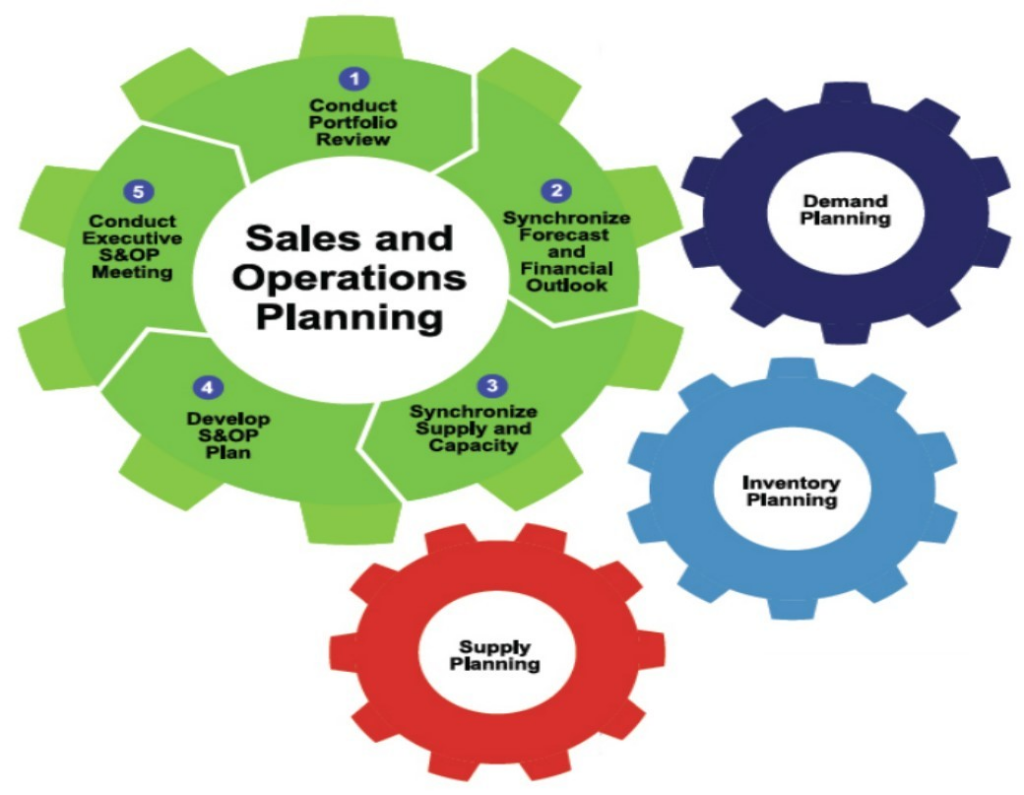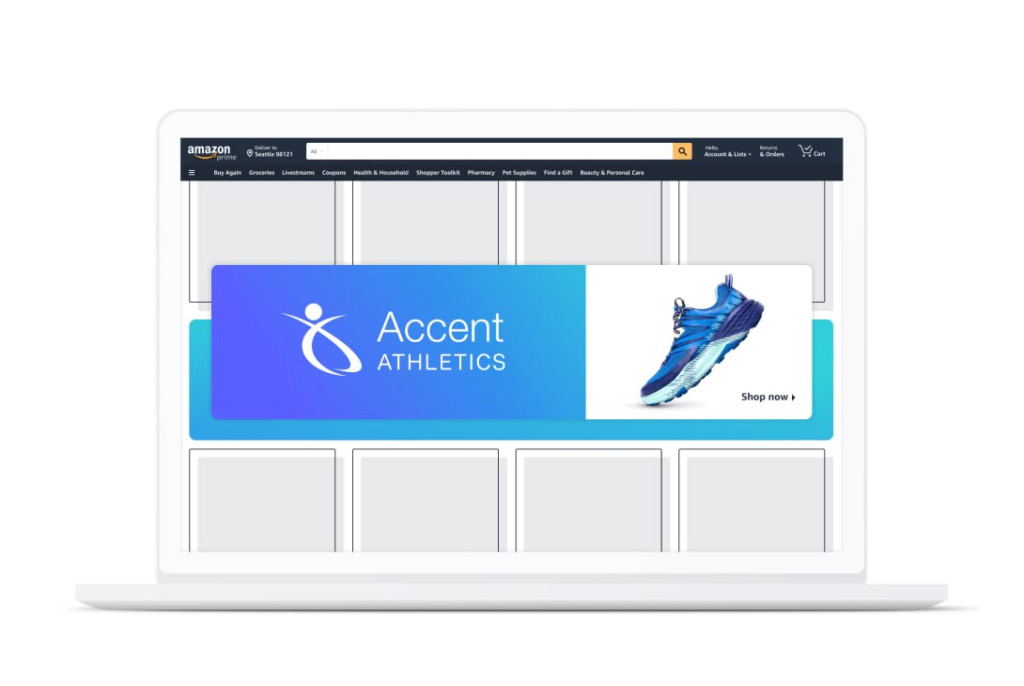Amazon FBA product launch timeline of your product on Amazon through Fulfillment by Amazon (FBA) can be a transformative step for your business. It opens the door to a vast customer base, streamlined logistics, and the credibility of the Amazon platform.
However, success in the competitive world of e-commerce demands careful planning and execution. In this comprehensive guide, we’ll walk you through a step-by-step timeline to ensure a successful Amazon FBA product launch.
1. Market Research (Weeks 1-2)

The initial phase of launching a product on Amazon FBA involves in-depth market research, a critical step that lays the groundwork for success. During the first two weeks, entrepreneurs and businesses need to use tools like Jungle Scout, Helium 10, or Viral Launch to gather comprehensive data on their chosen niche.
This includes assessing product demand, analyzing competitor strategies, and understanding consumer behavior. Armed with this information, sellers can validate their product ideas, ensuring there’s a viable market for their offerings. Thorough market research at this stage not only reduces the risk of entering a saturated market but also provides valuable insights to tailor the product, pricing, and marketing strategy for maximum impact.
2. Product Selection and Sourcing (Weeks 3-6)

Once a promising product opportunity is identified, the next phase spans weeks 3 to 6 and revolves around product selection and sourcing. Whether engaging in private labeling or manufacturing unique products, establishing a relationship with reliable suppliers is paramount. Entrepreneurs should consider factors such as product quality, manufacturing costs, and shipping times during this period.
Simultaneously, brand identity elements like logos and packaging design should be finalized to create a distinctive presence on the Amazon platform. Effective product selection and sourcing not only impact the quality of the end product but also play a crucial role in setting the foundation for a successful and sustainable Amazon FBA business.
3. Create a Winning Amazon Listing (Weeks 7-8)

As the product takes shape, weeks 7 to 8 are dedicated to crafting a compelling Amazon listing that captivates potential customers. This involves optimizing product titles, creating a visually appealing gallery with high-quality images, and providing a detailed yet concise product description. Sellers should strategically incorporate relevant keywords into the listing to enhance discoverability, considering the algorithms of Amazon’s A9 search engine.
By aligning the listing with Amazon’s SEO guidelines, sellers can improve their product’s visibility and increase the likelihood of appearing in relevant search results. Professional and persuasive copywriting, combined with attention-grabbing visuals, forms the cornerstone of a listing that attracts visitors and converts visitors into customers.
4. Amazon FBA Product Pre-Launch Marketing (Weeks 9-10)

Building anticipation and generating buzz are crucial elements of a successful Amazon FBA product launch. Weeks 9 to 10 are dedicated to pre-launch marketing efforts, utilizing various channels such as social media, email campaigns, and other promotional strategies. Running giveaways, contests, or limited-time promotions can create early interest and excitement around the upcoming product.
Additionally, it’s an opportune time to start building an email list, allowing direct communication with potential customers. The goal is to create a community of interested individuals eagerly awaiting the product’s launch, setting the stage for a successful introduction to the market.
5. Amazon FBA Product Launch Timeline and Account Setup (Week 11)

With the product and listing in place, week 11 is dedicated to the meticulous setup of your Amazon FBA account. This involves creating and optimizing product listings within Amazon Seller Central, configuring pricing strategies, and setting up shipping preferences. Sellers need to ensure compliance with Amazon’s policies and guidelines to avoid potential issues later on.
Verifying that the inventory is correctly registered with FBA is crucial, and planning the shipment of products to the Amazon fulfillment center should be a priority. A thorough and accurate account setup is fundamental for a smooth product launch, as it establishes the groundwork for efficient order fulfillment and customer satisfaction.
6. Amazon FBA Product Launch Timeline Shipping and Inventory Management (Weeks 12-14)

Coordinating the shipping of inventory to the designated Amazon fulfillment center takes center stage during weeks 12 to 14. Sellers need to work closely with suppliers to ensure timely and accurate deliveries, avoiding delays in the launch timeline.
Simultaneously, meticulous inventory management becomes paramount to prevent stockouts or overstock situations. Leveraging Amazon’s FBA tools to monitor inventory levels and setting up automatic reorder alerts is essential for maintaining a seamless supply chain. By having a well organized and monitored shipping and inventory management process, sellers can ensure that their products are consistently available to meet customer demand and avoid potential disruptions.
7. Amazon FBA Product Launch Timeline and Advertising Campaigns (Week 15)

As the launch date approaches, initiating strategic Amazon advertising campaigns becomes crucial for driving traffic to your product listing. This involves leveraging Amazon’s PPC (Pay-Per-Click) campaigns to target relevant keywords and increase visibility. It’s essential to optimize ad spend by closely monitoring campaign performance metrics and making adjustments as needed.
Early investment in advertising during this period significantly impacts the product’s visibility and can contribute to a successful launch. A well-executed advertising strategy enhances the chances of reaching potential customers at a critical stage, fostering initial interest and boosting sales.
8. Amazon FBA Product Launch Timeline, Soft Launch and Gather Initial Reviews (Weeks 16-18)

Consider implementing a soft launch strategy during weeks 16 to 18, making the product available to a limited audience such as friends, family, or a selected group of customers. Encourage these initial users to provide honest reviews, as positive feedback during the early stages can build credibility and trust with potential buyers.
Amazon values reviews and a positive track record can positively impact the product’s ranking and visibility in search results. This phase serves as a crucial bridge between pre-launch marketing efforts and the official launch, allowing sellers to fine-tune their strategy based on real-world feedback.
9. Amazon FBA Product Launch Timeline and Marketing Blitz (Week 19)

Week 19 marks the official launch, culminating in meticulous planning and execution. This period is dedicated to implementing a comprehensive marketing strategy to maximize exposure. Sellers can leverage additional promotions, social media campaigns, and collaborations with influencers to create a buzz around the product.
Any positive reviews gathered during the soft launch can be highlighted to showcase the product’s value. Close monitoring of sales and customer feedback during this crucial period allows for swift adjustments and ensures a strong start in the highly competitive Amazon marketplace.
10. Amazon FBA Product Post Launch Optimization timeline (Weeks 20+)
The weeks following the official launch are dedicated to post-launch optimization. Continuous monitoring and analysis of the product’s performance are essential. Gathering customer feedback allows sellers to make necessary improvements to the product listing, or customer service. Adjusting the advertising strategy based on data and market trends is crucial for sustained success. Implementing ongoing promotions or discounts helps maintain momentum and sustain sales growth. Post-launch optimization is an iterative process that sets the stage for the long-term success of the product on the Amazon platform.
Conclusion
In the dynamic world of e-commerce, launching a product on Amazon through the Fulfillment by Amazon (FBA) program demands a meticulous and strategic approach. The step-by-step guide outlined above serves as a comprehensive roadmap for entrepreneurs and businesses aiming not just to introduce their products but to establish a lasting presence in the competitive marketplace.
The journey begins with robust market research, ensuring a deep understanding of customer needs and market dynamics. From there, careful product selection and sourcing set the stage for a unique and competitive offering. Crafting an optimized Amazon listing and engaging in pre-launch marketing activities are vital to building anticipation and garnering initial interest.
As the launch date approaches, attention shifts to the technical aspects of account setup, shipping logistics, and inventory management. Simultaneously, the power of advertising is harnessed to increase visibility and attract potential customers. The soft launch phase allows for valuable feedback, and the official launch, accompanied by a marketing blitz, propels the product into the spotlight.
FAQs
Q1: How long does it take to launch a product on Amazon FBA?
A1: The timeline varies but generally ranges from a few weeks to a few months, depending on factors like product complexity and supplier reliability.
Q2: Are there any fees associated with launching on Amazon FBA?
A2: Yes, Amazon charges various fees, including referral fees and fulfillment fees. It’s essential to factor these into your overall product cost.
Q3: Can I change my product listing after launch?
A3: Yes, you can update your product listing at any time. However, consider potential impacts on existing customers and rankings.
Q4: How can I improve my product’s visibility on Amazon?
A4: Utilize Amazon PPC advertising, optimize your product listing with relevant keywords, and encourage customer reviews for improved visibility.
Q5: What happens if my product goes out of stock?
A5: Stockouts can negatively impact your rankings. Monitor inventory levels closely and use tools to estimate demand accurately.
Q6: Can I run promotions after the initial launch?
A6: Absolutely! Running promotions, discounts, or limited-time offers post-launch can stimulate ongoing interest and attract new customers.
Q7: How often should I check my Amazon analytics?
A7: Regular monitoring is crucial. Aim for weekly check-ins initially, adjusting the frequency based on your product’s maturity and sales volume.
Q8: What if I face challenges with my supplier?
A8: Establish clear communication channels with your supplier and have contingency plans in place. Address challenges promptly to avoid delays.
Q9: Is there a recommended time to launch a new product?
A9: Consider launching during peak shopping seasons or relevant holidays for increased visibility and potential sales.
Q10: How can I handle negative customer reviews?
A10: Respond professionally to negative reviews, addressing concerns and offering solutions. Use feedback as an opportunity for improvement














